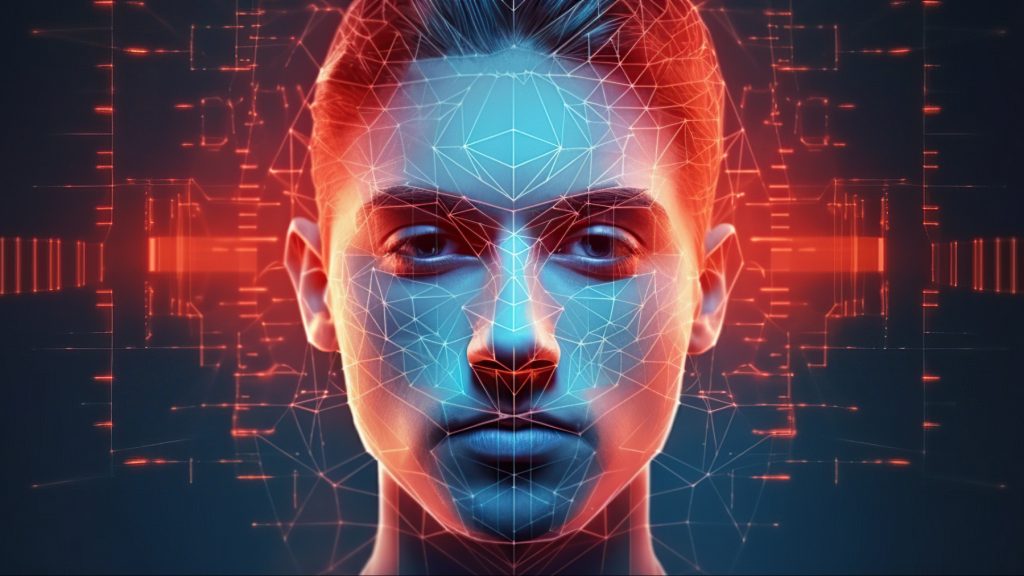 AI Can Use the Brain Decoding Tech to Visualize Human Thoughts
AI Can Use the Brain Decoding Tech to Visualize Human Thoughts Japanese researchers have developed a brain decoding technology that uses AI to translate human brain activity patterns and reconstruct them into visual images of objects and landscapes.
What Brain Decoding Tech Did Is…
The team from the National Institutes for Quantum Science and Technology at Osaka University exposed participants to images and analyzed their brain signals using functional magnetic resonance imaging (fMRI). They then trained generative AI to duplicate mental imagery.
“The experimental results demonstrated the capabilities of our proposed framework in reconstructing both natural images and artificial shapes that were imagined by human participants,” said the study.
This kind of technology opens a door into the mechanisms of the human mind, allowing us to understand how we envision and process information.
The technology has potential applications that could shed light on areas such as:
- Neuroscience: This technology could be used in the study of brain disorders like aphantasia (the inability to visualize) and schizophrenia, potentially leading to new treatments and therapies.
- Medical Applications: It could aid in detecting brain injuries or diseases that affect visual processing, providing valuable insights for doctors.
- Communication: In the future, it might be possible to directly share mental images with others, thus creating new forms of communication and understanding.
Ethics Are a No-Brainer
As with any powerful technology, ethical considerations play a vital role. Safeguarding privacy, ensuring informed consent, and preventing potential misuse are critical aspects that require attention.
Based on this, the discrimination created by mental imagery needs careful consideration and regulation.
The technology used is still in its early stages and requires further research to refine its accuracy and fully understand its limitations. Development should be carried out responsibly, respecting humanity and individual privacy.
This marks significant progress in understanding the capacities of the human brain. Kei Majima, a QST researcher and author of the study, said, “Even though we’ve used tools like microscopes to see tiny things, looking into the depths of the human mind is a completely new and unexplored frontier. It’s like discovering a whole new world within ourselves.”
Inside Telecom provides you with an extensive list of content covering all aspects of the tech industry. Keep an eye on our Intelligent Tech sections to stay informed and up-to-date with our daily articles.